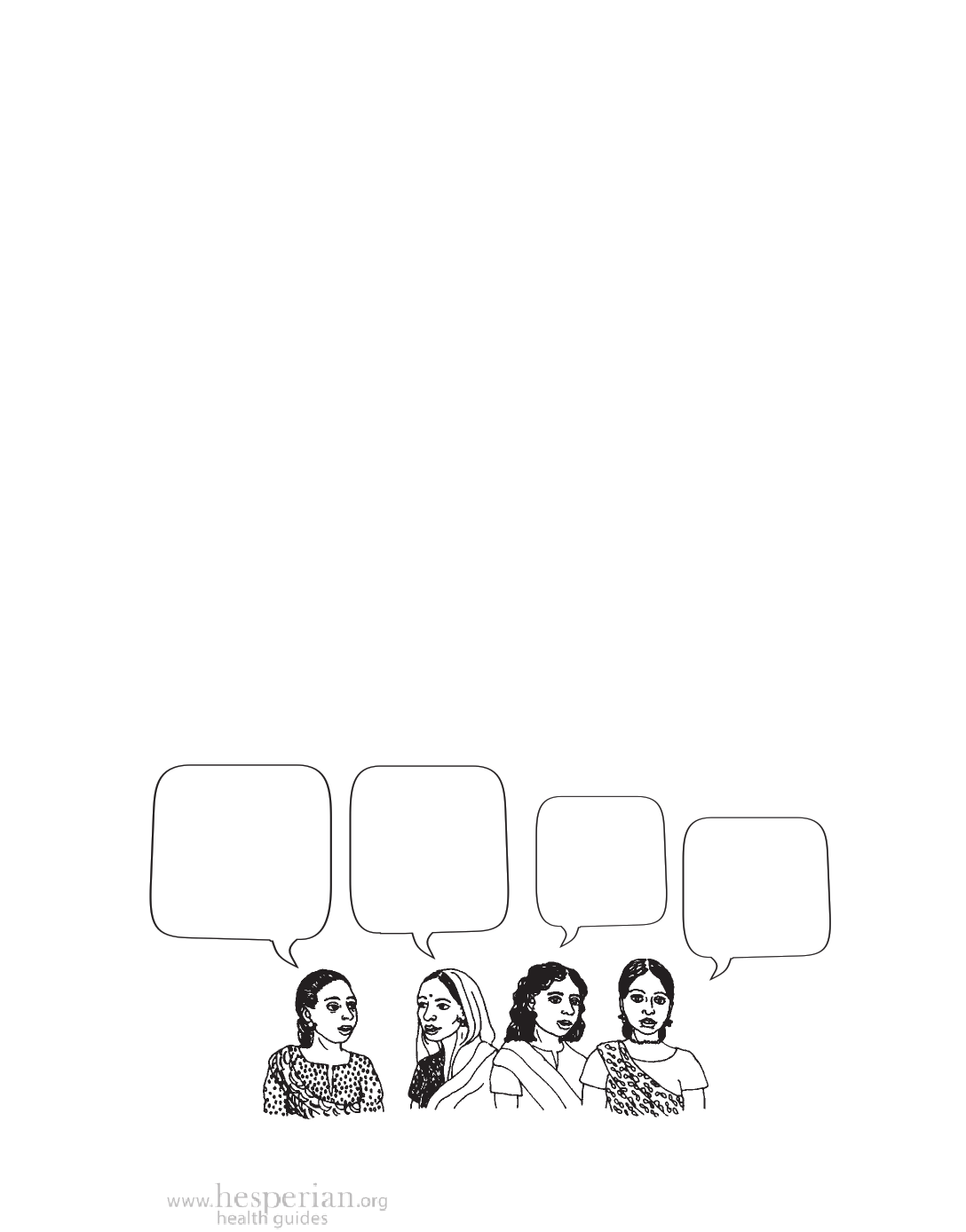
Healing toxic injuries 345
Healing Toxic Injuries
Toxic chemicals are so widespread that it may seem impossible to be free of
them, and to prevent and heal the illnesses they cause. However, people all
over the world are developing new treatments for toxic injuries that combine
modern medicine with traditional ways of healing.
Sambhavna Clinic
Since the 1984 chemical disaster in Bhopal, India, thousands of people there
live with chronic health problems. These include breathing problems and fevers,
and also reproductive problems, loss of vision, cancers, and birth defects in the
next generation of children. (To read more about the disaster, see Chapter 4.)
Perhaps the greatest lessons from the Bhopal disaster come from the
people’s campaigns for health and justice. Sambhavna Clinic was built by
survivors of the disaster and other volunteers to provide health care to the
whole community. In seeking ways to relieve the severe health problems
following the poison gas leak, the health workers discovered new medical
treatments, proving that good care and creativity are the keys to healing
toxic injuries.
How the clinic runs
The Sambhavna Clinic has treated more than 12,000 people for no charge.
Half of the clinic staff are survivors of the Bhopal disaster. The clinic also
carries out studies that are helping the world understand the long-term effects
of chemicals.
In their own words, these are the guiding principles of Sambhavna clinic:
Disaster survivors
participate in
monitoring
community health.
This is part of
the struggle for
memory and against
forgetting.
We run our own
clinic without
corporate
charities, large
grants from
foundations,
or government
assistance.
People can
and should
be active
participants
in their own
healing.
We can build
hope in a
situation of
despair through
creative and
collective action!
A Community Guide to Environmental Health 2012